Recently, Mitch and I met up with our friend Lucas in Hong Kong. Lucas has been a best friend for years; we met as freshmen in high school, went to college together, and have kept in very close touch since he moved away to California not too long before I moved to Malaysia. Lucas has a very cool job that lets him do things like travel the world. About six months ago, Lucas told us that he was going to be travelling to Hong Kong sometime in November or December. Along the way, that turned into March. The knowledge that one of my best friends was going to be a four-hour plane ride from me acted like a tonic; whenever I considered throwing in the towel and heading home after returning to Malaysia from Spain after Christmas, I remembered that Lucas was coming. And then March showed up and the three of us spent a fantastic weekend together exploring Hong Kong.
Our first destination was the Po Lin Monastery, located on the island of Lantau. It’s a bit of a trek to get there from where we were staying on Kowloon. Taking public transit took just under 2 hours. It would have been quicker had we been able to take the cable car upon arriving on the island, but it was under repair so we took a bus up windy, twisty roads. That is always a potential recipe for disaster, but we pulled through. Monasteries seem to always be built in beautiful places, and it’s no surprise why. Look around and there’s some sort of breathtaking moment or view or setting that causes one to think of higher powers that could have created such an image.
I’ve really enjoyed visiting Buddhist sites around Southeast Asia because they are so different from the types of religious sites to which I am accustomed. I particularly like seeing worshippers, also because their religious practices are unfamiliar to me. As a social studies teacher, I can list Buddhist principles and the history of Buddhism in my sleep, but seeing devotees practice is always eye-opening.
One of the main attractions at the monastery is the Tian Tan Buddha, also referred to as Big Buddha on the signs. We climbed a whole lot of steps and were enthralled with what we saw. This monastery is home to a bone relic from Siddhartha Gautama, The Buddha with a capital T. (And a capital B, I guess.) Big Buddha sits on top of the temple containing this relic. It’s so small that the only way to see it is on a video screen that has a photo of the bone under a microscope.
It was from Big Buddha that we were able to see the valley that Po Lin Monastery calls home.
There also walking and hiking trails around the monastery, which we decided to visit. We found ourselves in clearing of unexplained trees carved with Chinese characters. Mitch said he expected druids to come out any minute, which is probably the best way to describe it.
That evening, we went to Temple Street Night Market to show Lucas what night markets are and also to eat cheap local food. In my mind, the market was notable for its vegetable satay and the prevalence of stands selling very naughty lingerie next to stands selling key chains. Something for everyone. We also ventured to the Goldfish Market the next day, which is not an experience I plan to repeat. We’d been warned and now that I’ve seen it with my own eyes, I can assure that it is no place for anyone even remotely concerned with animal welfare. The entire street was lined with pet shops and all of the animals were in tiny cages and being poked and prodded by buyers and people who simply seemed to enjoy the novelty. We looked around, walked up and down half the street, and called it quits. There are some cultural barriers that are too high to breach.
The next day, we wandered through Hong Kong Central, basically following the crowds. We made our way down windy streets where antique stores sold porn along with very old coins. (My personal favorites were the holographic cards that show a voluptuous clothed woman and a voluptuous naked woman, depending on which way they’re twisted. Fascinating stuff.) We went through streets of grocers’ markets and found multiple stands full of fish that had probably been caught that morning. Personally, I preferred the smells coming from the spice shops.


One of the things I love about Southeast Asia are temples located in the middle of big, bustling cities. Hong Kong’s oldest temple, Man Mo Temple, dates to 1847. It sits next door to massive high-rises and crowded with Buddhists lighting incense and praying. The smoke was so thick inside that it was hard to breathe, even more difficult than in the rest of Hong Kong. (The fire alarm in our hostel went off early one morning because of the smog.)
We went to A Symphony of Lights at Tsim Sha Tsui Waterfront on Kowloon, which is the island where we were staying. The symphony wasn’t much to speak of, but it was neat to see the skyline lit up. I also really loved the ferry we took from Kowloon to Central in the dark.
Probably my favorite aspect of travelling is experiencing life as locals do. I love unique signs and shops and neighborhoods that would never be found in guide books because of their normalcy in everyday life. From the outside looking in, however, these are what make people and places real and liveable.
Like building techniques . . .


nightlife culture . . .



home decor . . .

and a very important aspect of Hong Kong life . . . subway etiquette!


Safe travels and remember to keep your ears pricked for “ding-dong!”





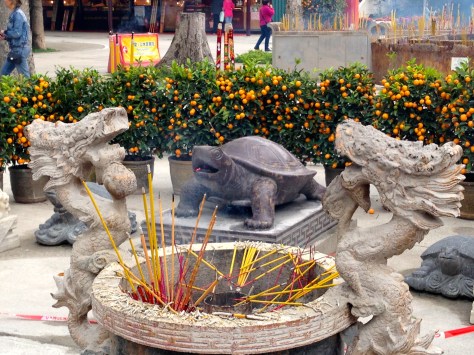


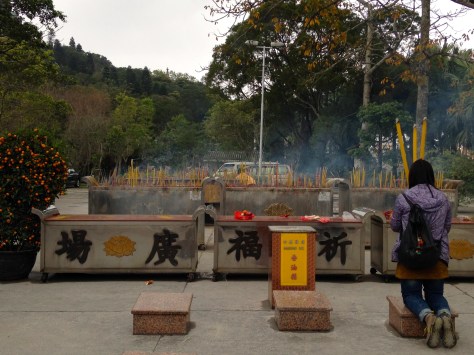




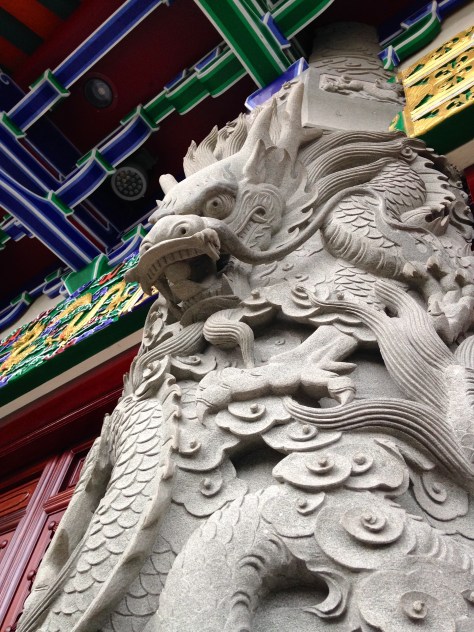



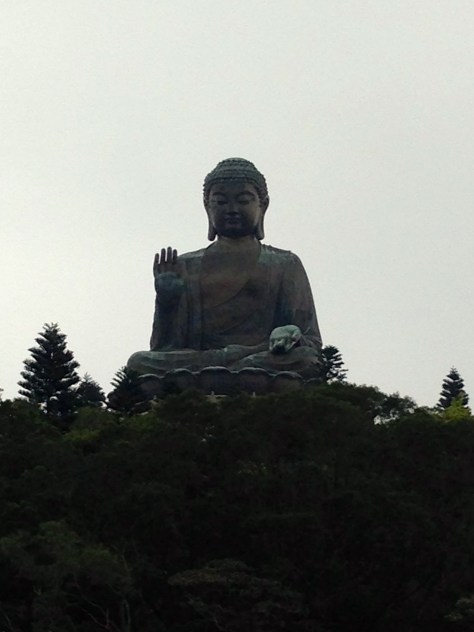






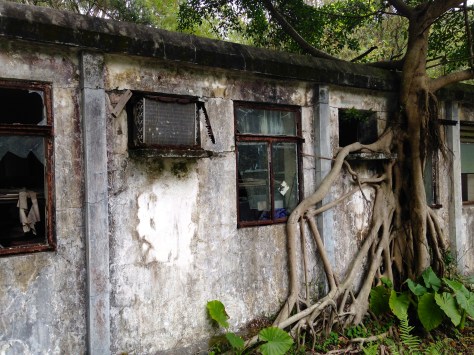
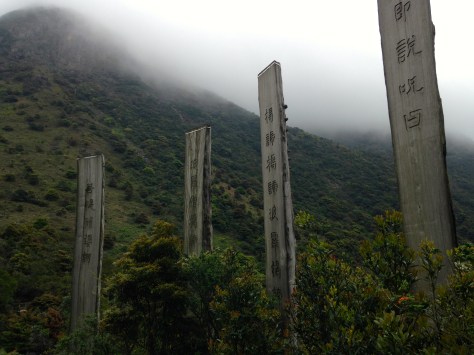



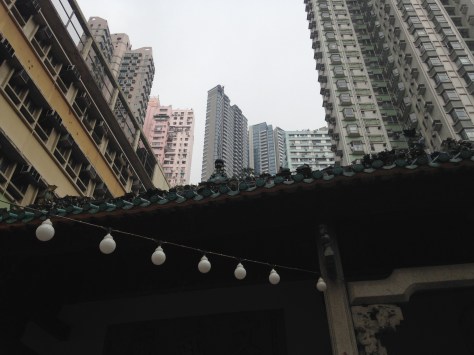
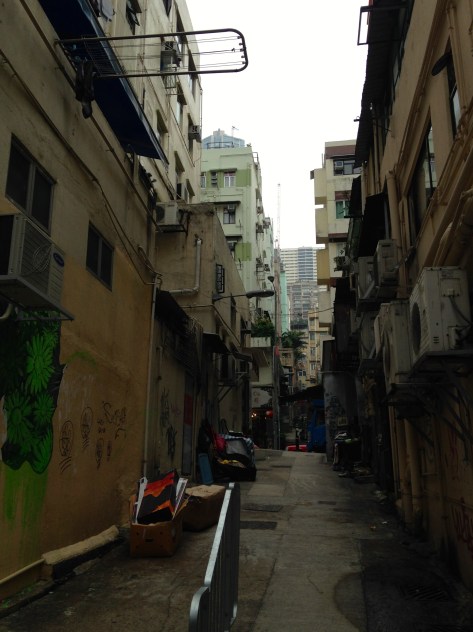


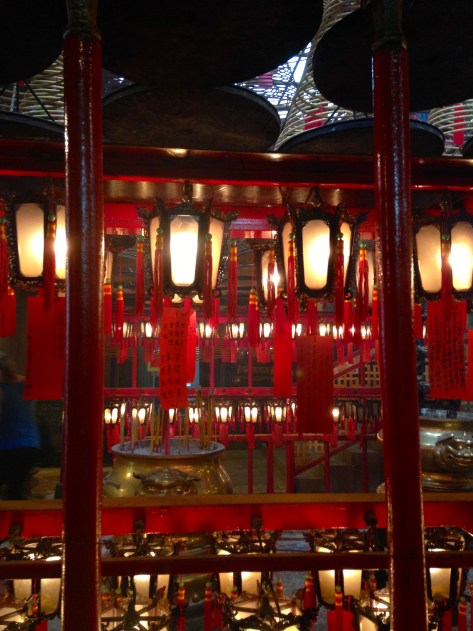


Shows a part of hongkong that is definitely more interesting than disneyland 😁
LikeLike
Agreed! Thanks for reading!
LikeLiked by 1 person
Nice areas to explore. Lucky you.
LikeLike
Fantastic photos and commentary! So fun that you met up with Lucas.
LikeLike